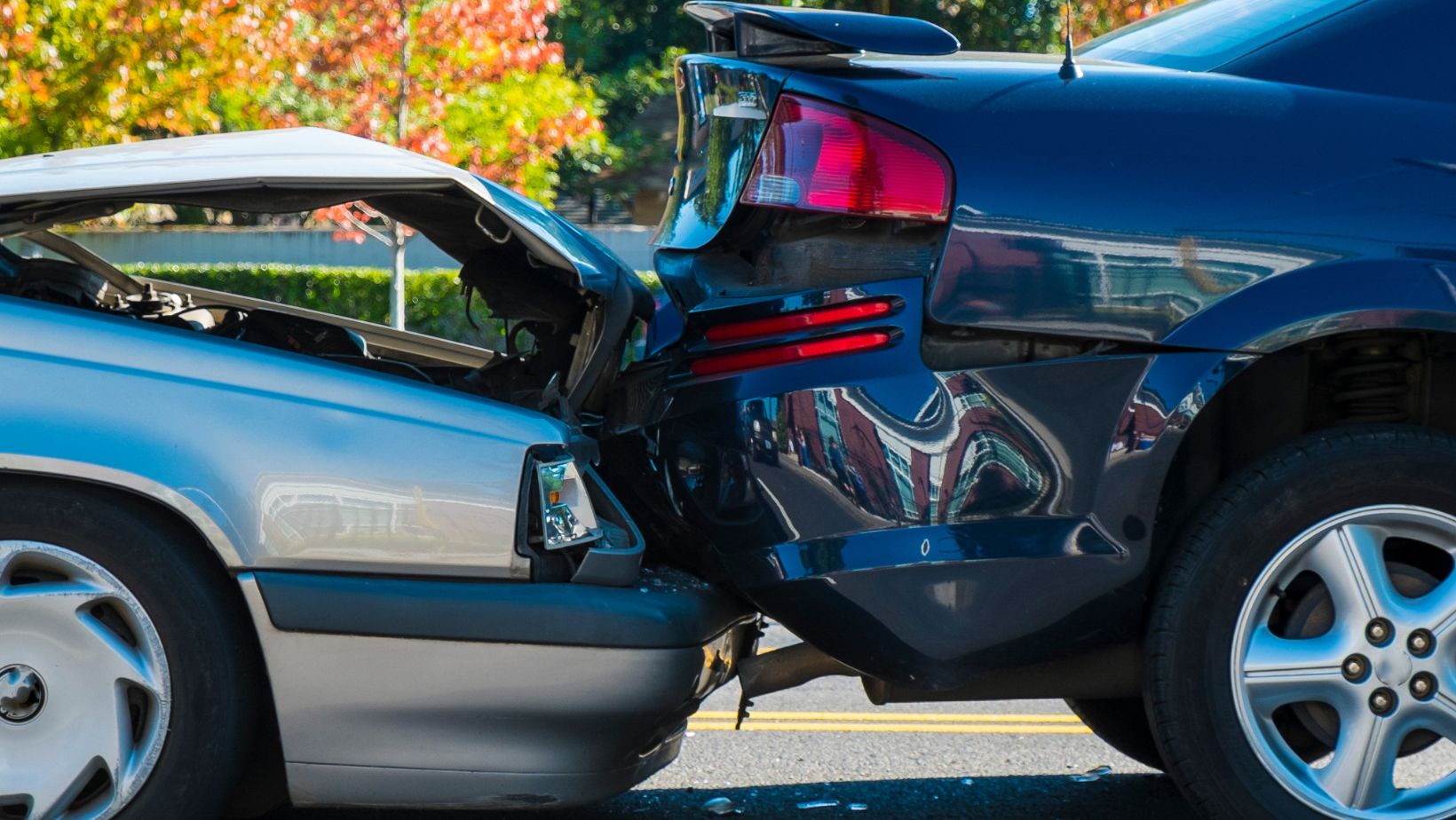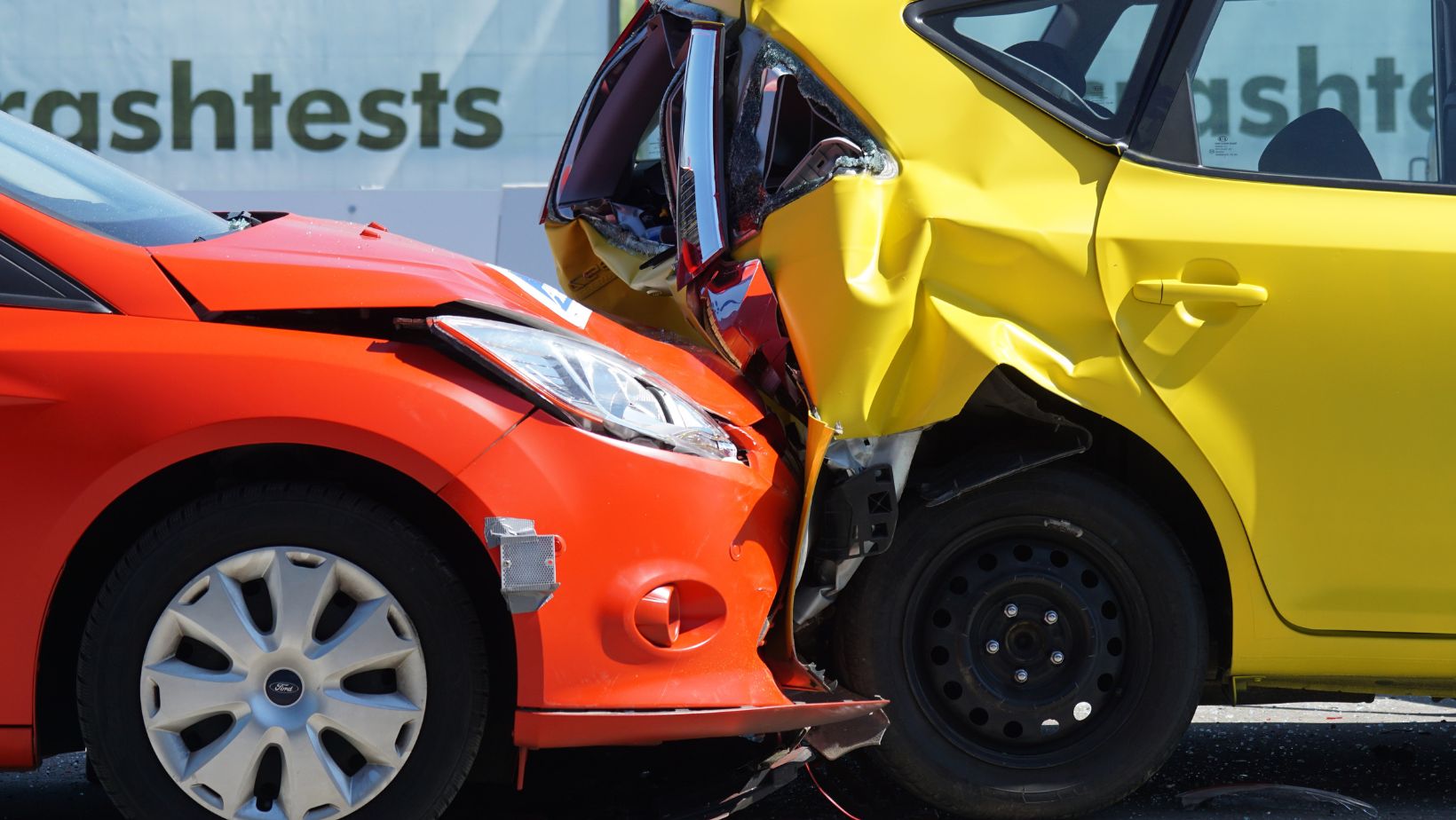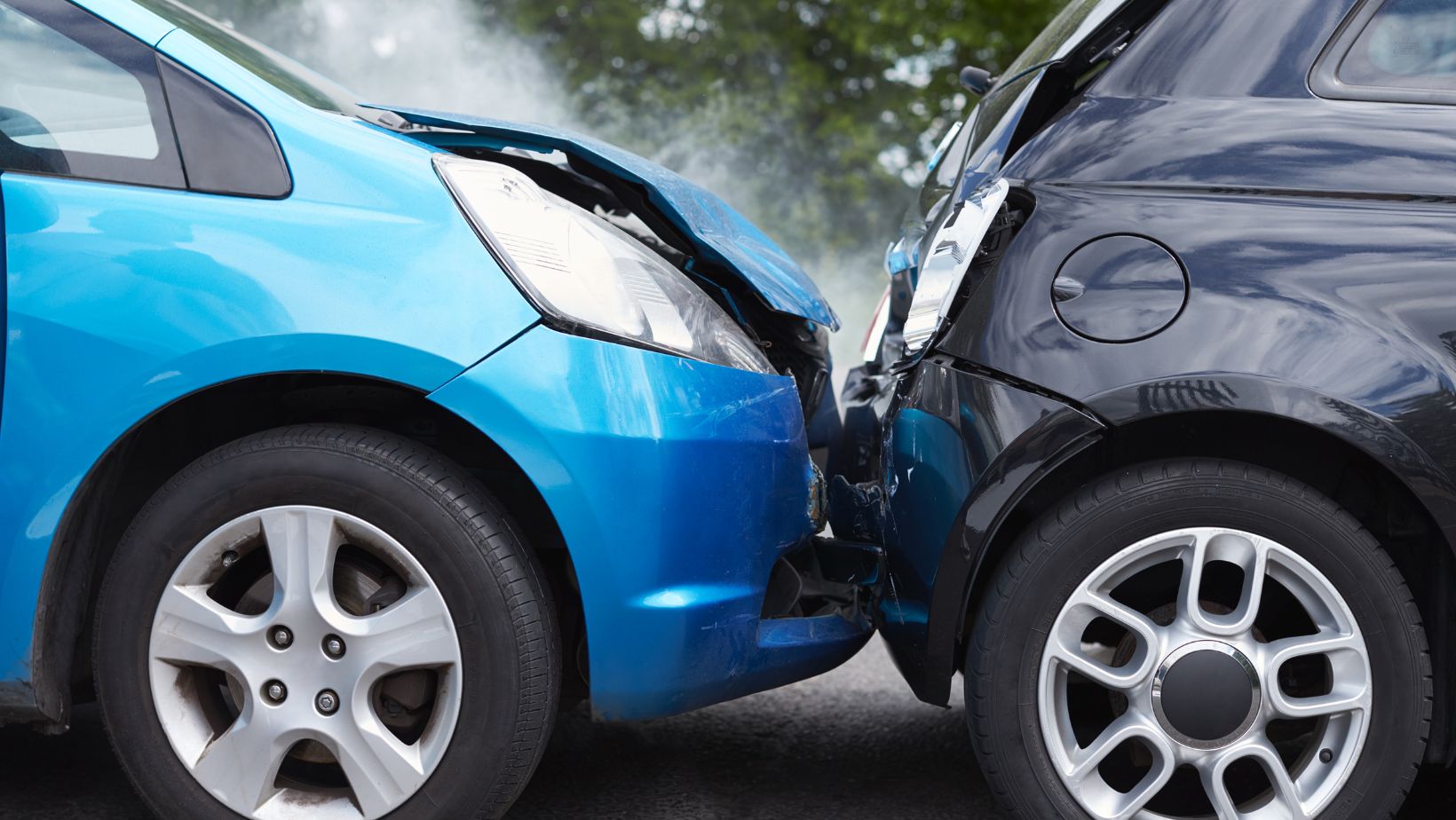
Did you know that rear-end collisions are very common? In fact, one-third of car accidents are rear-end collisions, making them a problem you can’t ignore. But why do these accidents happen? And who’s at fault when they do?
Read on to learn some of the most important facts about rear-end collisions.
What Are Rear-End Collisions?
Rear-end collisions are accidents that happen when a vehicle slams into the back of the vehicle ahead of them. These accidents can happen for various reasons.
Depending on the speed of the vehicles and the circumstances surrounding the accident, rear-end crashes can either cause minimal damages or serious injuries.
Who is Responsible for a Rear-end Collision Crash?
The driver that hits the vehicle in front is usually responsible for a rear-end collision. That’s because drivers are usually required to maintain a safe following distance and stay alert to avoid rear-end collisions.
However, there are situations where the responsibility might not entirely fall on the rear driver, such as:
- Sudden Stops: If the front vehicle stops abruptly without warning, the front driver could share some blame.
- Vehicle Defects: If a mechanical issue, like faulty brakes, caused the collision, the car manufacturer or owner might be held responsible.
- Chain-Reaction Crashes: In multi-vehicle accidents, determining fault can be more complex and may involve multiple drivers.
That said, determining who is responsible for a rear-end crash depends on details of the crash, such as driver behavior, road conditions, and any evidence available.
What Are the Most Common Rear-End Collision Injuries?
Even at low speeds, rear-end collisions can cause a wide range of injuries, some of which may have long-lasting effects.

The most common injuries include the following:
Whiplash
Whiplash occurs when the head is forcefully moved forward and backward. This causes the neck’s muscles, ligaments, and tendons to stretch and strain.
Symptoms of Whiplash
Whiplash symptoms may appear immediately or several hours after the collision. Common symptoms include the following:
- Neck pain and stiffness
- Headaches
- Dizziness or vertigo
- Pain or numbness in the arms
- Difficulty moving the neck
- Shoulder or upper back pain
Back and Spinal Injuries
The force of impact of a rear-end collision can cause a range of injuries to the back, from mild discomfort to severe, life-altering conditions. Even at low speeds, a rear-end collision can cause major damage to the back and spine.
Symptoms of Back and Spinal Injuries
- Persistent back pain or discomfort
- Numbness or tingling in the limbs
- Weakness in the arms or legs
- Difficulty moving or bending
- Limited range of motion
- Pain that worsens with movement or physical activity
Head and Brain Injuries
The head can jolt suddenly in a rear-end collision, leading to injuries such as concussions or more severe traumatic brain injuries (TBIs). You can get head and brain injuries in a rear-end collision, even when the crash occurs at a low speed. These injuries can have lasting effects, and it’s important to recognize the symptoms early for proper treatment.
Symptoms of Head and Brain Injuries
- Persistent headaches or migraines
- Dizziness or vertigo
- Memory loss or difficulty concentrating
- Nausea and vomiting
- Blurry vision or sensitivity to light
- Changes in mood or behavior
- Loss of balance or coordination
- Ringing in the ears
Chest Injuries
Chest injuries are another common result of rear-end collisions. They mainly occur as a result of the force of impact one gets from seatbelt restraints or airbags. Although these injuries may not always be noticeable immediately after the accident, they can be very severe and thus require immediate medical attention.
Symptoms of Chest Injuries
- Pain or tenderness in the chest area
- Difficulty breathing or shortness of breath
- Bruising or swelling in the chest
- Coughing up blood
- Sharp, localized pain, especially when breathing deeply or coughing
- Dizziness or fainting (in the case of internal bleeding)
How Can You Avoid Rear-End Collisions?
Here are some tips that you can use to reduce your chances of being involved in these types of accidents:
Maintain a Safe Following Distance
One of the best ways in which you can avoid a rear-end collision is to avoid following the vehicle ahead too closely. As a rule of thumb, you should ensure that you can count at least three seconds from when the car ahead passes a fixed point to when you pass the same point. This gives you enough time to react if the car in front of you suddenly stops.
Stay Focused and Avoid Distractions
One of the main causes of rear-end collisions is distracted driving. Therefore, you want to stay alert on the road to avoid these kinds of accidents.

Avoid using your phone, eating, or engaging in other distractions while driving. By staying focused on the road, you can react quickly to any changes in traffic conditions.
Keep a Safe Speed
Driving at a safe, consistent speed can help you avoid all kinds of accidents, not just rear-end collisions. When you drive at a high speed, you increase your stopping distance, which means it will take you longer to stop if the car in front of you suddenly brakes. Therefore, you should always adjust your speed based on traffic, weather, and visibility conditions.
Use Your Turn Signals Early
Using your turn signals gives other drivers enough time to adjust their speed and position if you plan to turn or change lanes. Sudden lane changes or turns without using your turn signal can catch drivers behind you off guard. This significantly increases the risk of a rear-end collision.
Use Your Brakes Smoothly
Don’t slam your brakes when slowing down or braking. Instead, you should gradually reduce your speed to give drivers behind you more time to react. Sudden stops can take other drivers by surprise, especially those who are following too closely.
Stay Safe on the Road
Rear-end collisions are common and can cause serious injuries like whiplash and back pain. But knowing the common causes of these injuries and how to avoid them can help you stay safe on the road. And if you ever find yourself in one of these accidents, you can contact an experienced attorney to help you build a strong case against the at fault driver.
